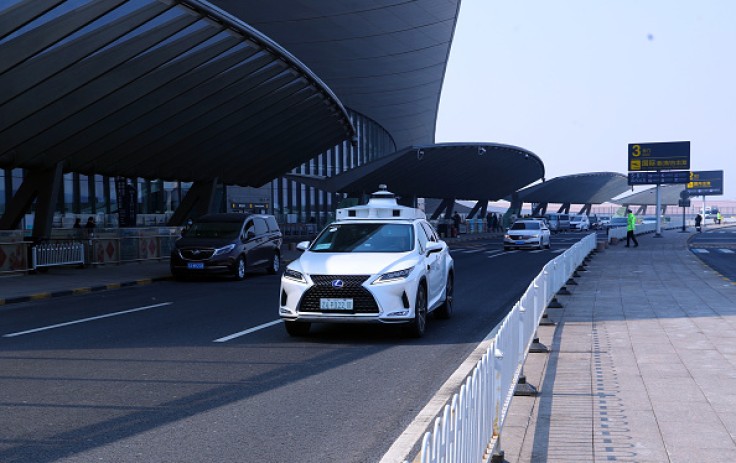We are starting to see more and more driverless taxis roaming around urban areas, especially in advanced cities and states. There have been a number of incidents where a robotaxi is involved, but people are also pointing out the advantages to the service, so are they more good than bad?

Why It Could Be a Good Thing
Companies who have released automated cabs all have one thing to say in common, which is that the AVs might be safer. While that doesn't seem to be the case right now with all the accidents, including the one where someone was dragged for a couple of meters, it's an achievable goal.
It's only a matter of developing better sensors and programming, both of which will improve as companies determine what they should improve. Once AVs reach their full potential, smoother operations can lead to fewer traffic jams and accidents.
It's not just on the road but passenger safety as well. Companies continue to release safety features on their apps to ensure there are no incidents for both drivers and passengers, but policies and preferences can only do so much.
Despite the mentioned measures, there are still cases where one is assaulted or harmed by the other. With automated services, one party will be taken out of the equation, which means that passengers might feel safer when riding a driverless cab.
If anything, driverless taxis could be the first step to automated driving becoming the norm. It would certainly be easier to program a traffic system when all the vehicles on the road are automated, given that human driving isn't as predictable and controllable.
Why It Is Still Hated
Right now, there are people protesting against the implementation of driverless taxis, and the reasons behind the contradictions are mostly valid. One of the consequences of AV transportation becoming more mainstream is the loss of jobs.
Hundreds of thousands of individuals rely on ride-hailing to earn a living. Even though human-driven taxis are still an option for riders, they might prefer one that is automated for the reasons that have been mentioned before.
The choice will also fall on companies like Lyft and Uber. When the backlash toward AV driving starts to die down, it's likely that ride-hailing giants will start to offer the same services as well. It will largely be due to the lower costs it would need.
Without the need to split the profit with human drivers, companies will only have to worry about fuel or electricity. That means they can also lower the prices and gain an edge in the competition since riders will opt for the cheaper ride.
Of course, since the automated vehicle will need to know addresses, including home addresses to get to where riders need to go, a security breach might be more dangerous. Companies will need to develop stronger security measures to prevent it from happening.
There Will Be Downsides Either Way
If autonomous ride-hailing does not progress further than what it is now, there will be a lot of missed opportunities for both riders and companies. If it sees wider implementation, then it will be the drivers who will suffer the consequences of the change.









